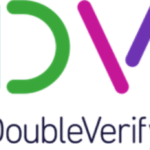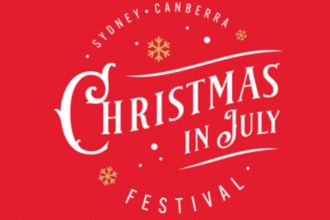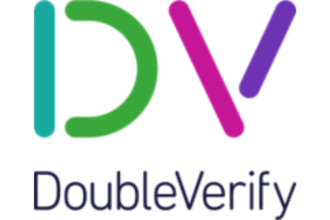Imagine how good it would be if you could apply the same techniques to your emails
As an email copywriter, I understand the value of delivering a solid email campaign.
I know those who are in the industry would agree. Email marketing is still one of the most effective marketing tools today.
For almost two years of writing a daily email, it has become part of my system.
And for every books, movies or TV series that I’ve watched, my mind always goes beyond the story that’s presented.
Always analyzing the dialogues, the scene and how each event connects point A to point B.
These materials that are available for us today have a range of different approaches you can use for email marketing.
But each varies with its results.
You want to ensure your email campaigns generate the kind of engagement you want to get the result you need.
This popular South Korean TV Series – Start Up – is the perfect example of how email marketing should be.
Start Up not only serves as an inspirational TV series about how you can be your own CEO.
The writers used a lot of open and closed loops to draw their audience in.
Since it’s one of the most popular TV series right now. I thought it’s a great opportunity to use this new hit series. To teach you about some of the elements that you can add to your email marketing strategy. So it will be easier for your subscribers to make a decision to buy your offer.
Element #1: Open Loops
Writing an email with your offer and blasting it to everyone on your list doesn’t work anymore.
If your goal is to get the attention and interest of your subscribers, you need to make sure your emails connect with them.
Using open-loop into your email. Creates anticipation so your subscribers would read your emails. Because it feeds their desire to know what and how it happened.
They used this technique in the TV series Start Up, and it’s possible the reason why it became so popular.
For email marketers, the use of an open-loop is valuable. Pepper it with storytelling. You’re creating something that appeals to your subscriber’s need to connect and communicate. Most of all, their desire to know more.
But how do open-loop work?
Here’s an example:
Seo Dal-mi offered Jeong Sa-ha to join Samsan tech. The entire conversation was not revealed. They cut the scene and showed us the two ladies walking together toward Samsan Tech table.
That’s an open loop.
I am assuming the audience who watched this episode are asking, “How did she do that? What did she say to convince her?”
That’s a good example of an open-loop. And they used a lot of loops on this TV series.
Watching TV series that uses a lot of cliffhangers. Or reading an email that shares an unfinished story creates a deep desire to find out more.
This is the main reason why when you sit down to watch a single episode. You usually end up binge-watching the entire series.
You can add this storytelling technique on your own emails. To keep your subscribers engaged since it adds a sense of intrigue to your email content. Your reader would resonate with you in a real way.
Lead them into something that’s exciting. Then finish it up by leaving the ending open. Add a closing statement like, “Tomorrow I’ll share with you how my mom did it in 7 days.”
Simply put – we all want to have closure. We all want to know the why and how of the story. That’s why your subscribers will wait for your next email. They want to have the answers to their questions.
Element #2: Closed Loops
Using loops in your email creates a feeling of anticipation. It can also deliver powerful messages.
And like every story, it has a beginning and an end.
Your first email may open up with a story that opens a loop. Then your next email may or may not close the loop. Because you can add another story that increases the sense of anticipation.
When you share the continuation of the story it ends the loop. It fulfils the anticipation your subscribers felt while reading your email. Hence the name closed-loop.
Here’s the continuation of the example above:
Before Jeong Sa-ha left Sandbox she shared to Nam Do-san the reason why she joined Samsan tech.
It closed the loop perfectly.
They used open-loop to create a situation and then closed it by giving an answer to the question. Oftentimes, writers prolonged the answer to the question to keep you engaged.
Closing the loop gives you a feeling of satisfaction and clarity. It clears every question you have in mind. And it leaves you with expressions like, “Oh, now I get it” or “Oh, that’s why…”
Using an open loop and closed loop on your email have their benefits.
If you want your subscribers asking for more. It would be best to sprinkle your emails with unanswered questions like how they used it in the Start Up TV Series.
Did you experience these things while watching this hit TV series? Where you’re at the edge of your seat wanting to know how and why it happened.
So you watch the next episode that ends with another cliffhanger. Before you know it you’re on Episode 8 and still going.
Imagine how good it would be if you could apply the same techniques to your emails? I am confident your subscribers would open your emails every single day. Now that you know about open and closed loops. Share the one that caught your attention in the entire Start Up series.

















